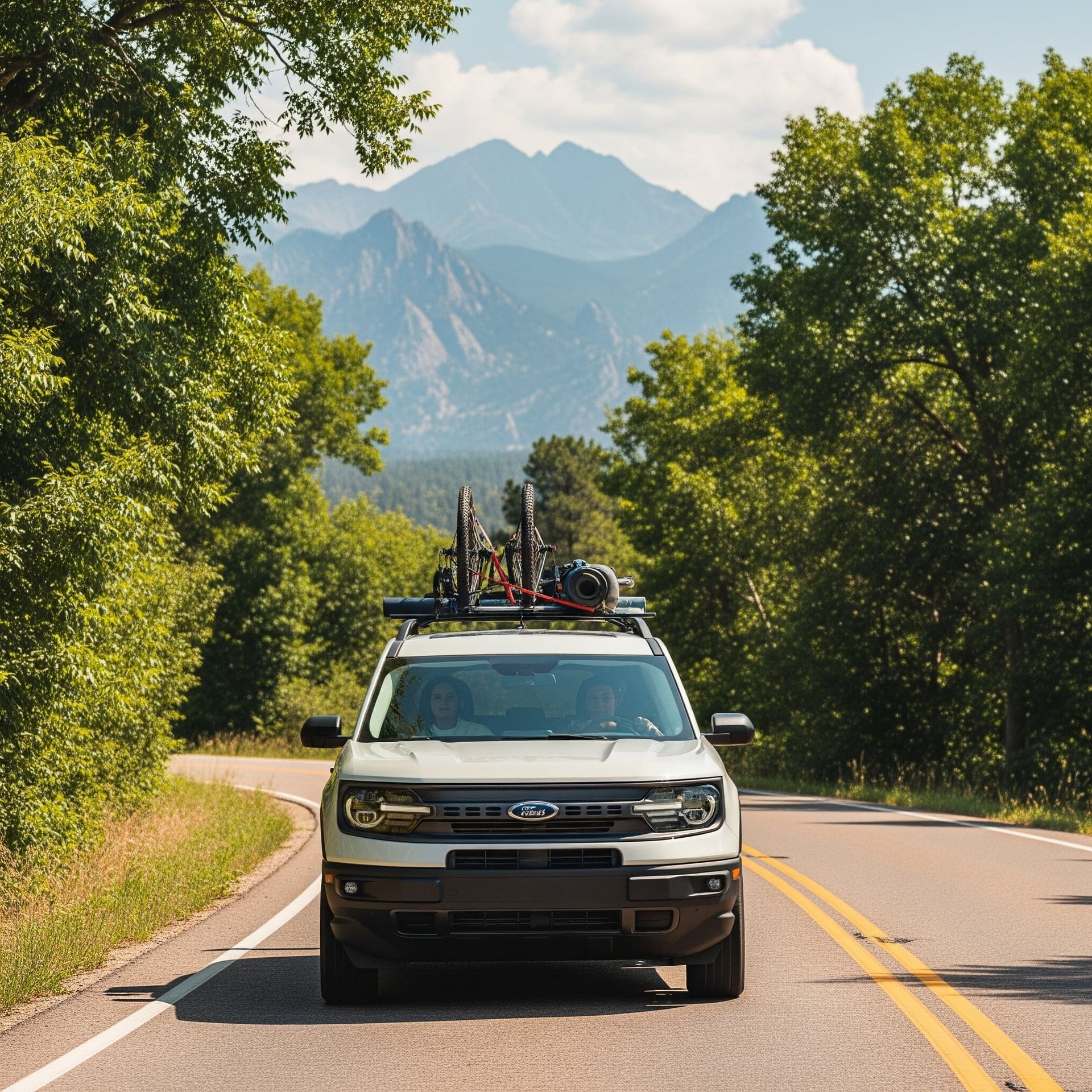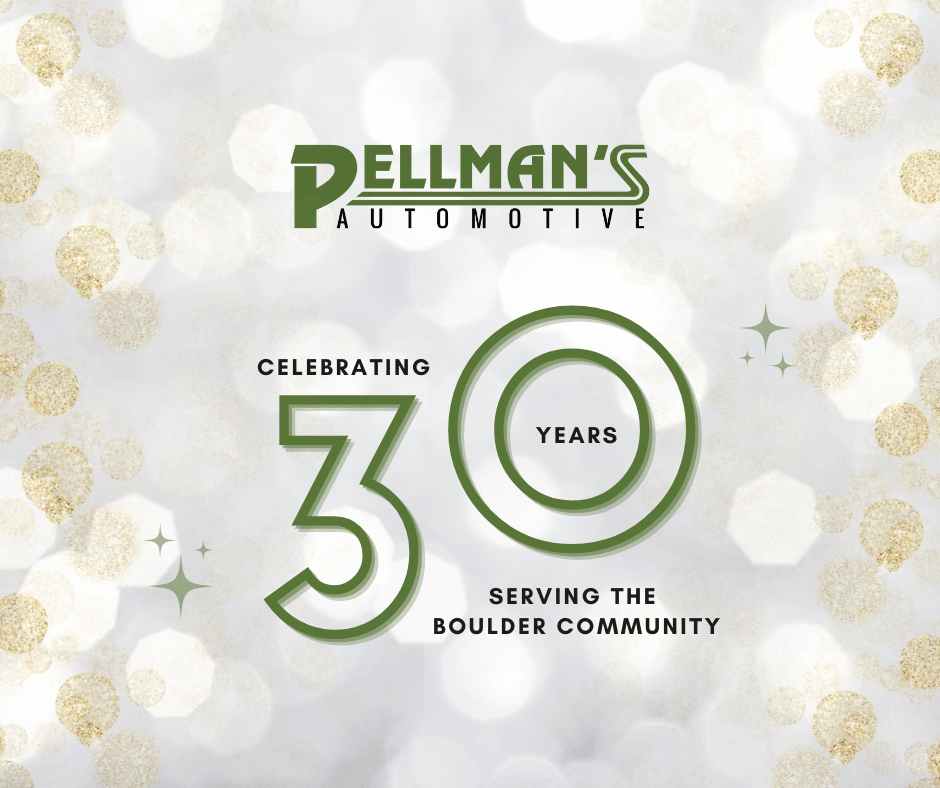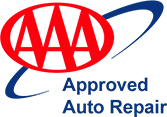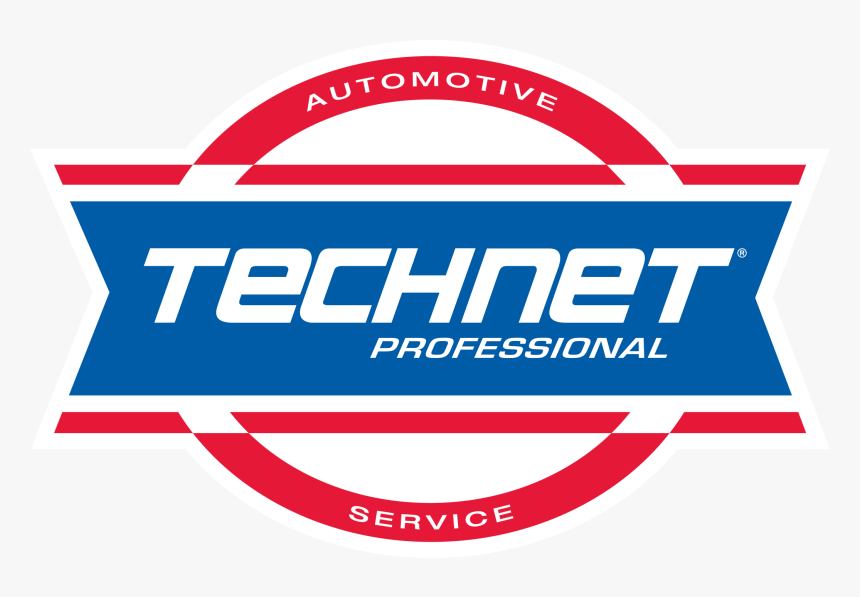Routine Preventive Checks
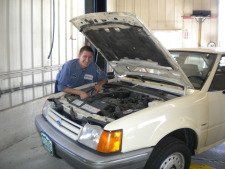
Routine Preventative Checks: Recommended every 3,000 miles
Did you know that approximately 5 percent of serious auto accidents could have been prevented with regular vehicle maintenance? Here are some simple, inexpensive preventive checks that will not only extend the life of your vehicle, but also make it safer to drive and easier on the environment.
Most of the following items will be addressed with our deluxe and better, 3000 mile, oil change.
- Change your oil and oil filter regularly–about every 3,000 miles. (Check you owner’s manual for manufacturer recommendations)
- Check all fluids, including brake, power steering, transmission/transaxle, windshield washer solvent and antifreeze. All of them play an important role in your vehicle’s safety and performance.
- Check the air in your tires once a month. Under-inflated tires can result in burning more fuel. Checking proper inflation is the easiest and least expensive form of safety maintenance. (We offer free air to our customers at Pellman’s. Just stop by any time during business hours and help yourself.)
- Tune your engine regularly. A bad spark plug or inhibited fuel injector can reduce fuel efficiency as much as 30 percent.
- Lubricate the chassis frequently. This prolongs the life of your vehicle’s suspension system.
- Keep battery cables and posts clean and free of corrosion. Check battery fluid regularly and fill it if it’s low. (Unless yours is a maintenance-free battery)
- Check headlights, turn signals, and brake and tail lights regularly.
- Check wiper blades often, and replace them as soon as they start to streak.
- Inspect engine belts regularly. Cracked, worn belts affect engine performance. Check the air filtration system frequently. The air filter should be checked approximately every other oil change for clogging or damage. This system ensures that the vehicle is performing at its peak condition.
Always consult the vehicle owner’s manual for individual service schedules as manufacturer maintenance requirements vary greatly.
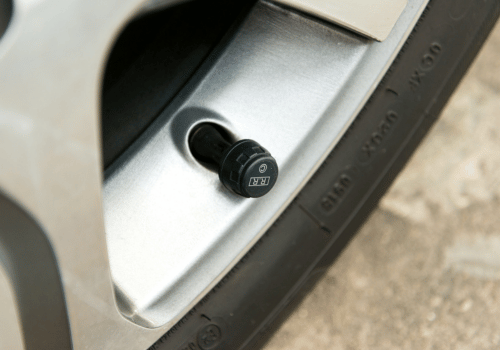
You’re driving through Boulder on a chilly Fall morning. The crisp air, the smell of leaves, and the color of a new season is breaking through. You’ve just started your commute, and as you turn onto Canyon Boulevard, the TPMS light on your dashboard lights up. Panic sets in for a moment. Is it safe to continue driving? What does this mean?



